Redundancy solutions with HSR and PRP
To achieve redundancy in substation automation systems, Parallel Redundancy Protocol (PRP) and High-availability Seamless Redundancy (HSR) are very important to consider. Organizations like IEC have identified them as preferred for substation environments.
Presented on this page are application examples that use either PRP, HSR or a combination of both to create redundant and effective data networks.
Parallel Redundancy Protocol
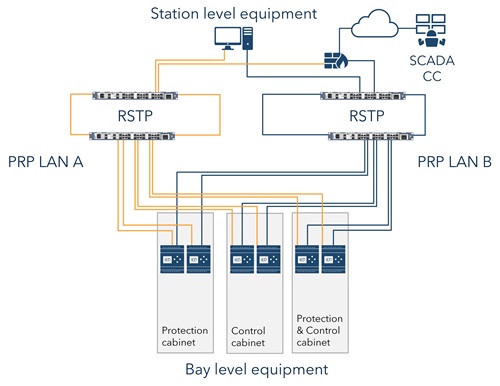
Click for high resolution image
PRP, a layer 2 protocol, provides redundancy and reliability by using two independent networks (pictured in yellow and blue). Each device sends duplicate packets over both networks, ensuring continuous communication even if one network fails. Each LAN operates in parallel using RSTP (Rapid Spanning Tree Protocol).
To Implement PRP, devices are required to have two network ports and the capability to handle PRP at the software level.
The complete duplication of LANs is quite simple and offers great redundancy. It could, however, be quite expensive to build, since many devices with many ports would be required.
PRP is suitable for critical applications where high availability is essential. It ensures that communication remains uninterrupted even in the unlikely event of network failures.
High-availability Seamless Redundancy
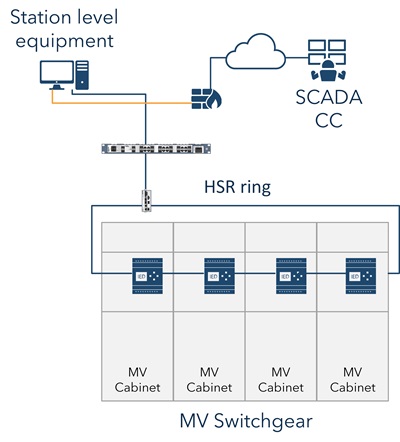
Click for high resolution image
HSR provides zero delay failover by forming a logical ring topology where each device is connected to two other devices, creating a physical loop. This ensures that communication can continue even if a connection unexpectedly fails.
The ring topology of HSR offers some benefits over PRP, such as a reduced need for port density in switches, which simplifies installation. However, it comes at the expense of the need for HSR support in devices, and that redundancy is built to handle a single failure in the ring. In the unlikely event of multiple failures, the impact on the network will be greater than with a PRP solution. In addition, the ring solution introduces latencies in communication, which can be problematic in time-critical applications, especially when dependent on PTP/IEEE1588.
Combination of HSR and PRP
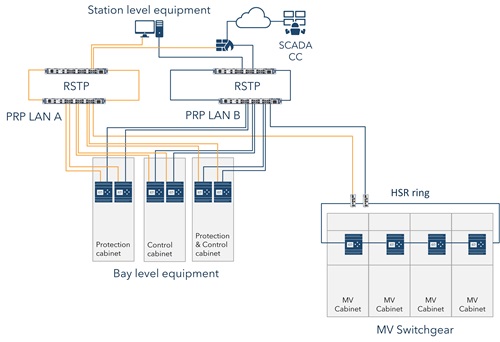
Click for high resolution image
PRP and HSR serve different purposes and combining them can unlock more advanced solutions
There are several ways of combining PRP and HSR to achieve additional layers of redundancy. This example involves using an HSR ring topology to connect medium voltage switchgear and a PRP topology to connect station-level equipment. The HSR ring connects devices in a ring topology, while the PRP topology provides parallel paths for redundancy.
Redundancy Box
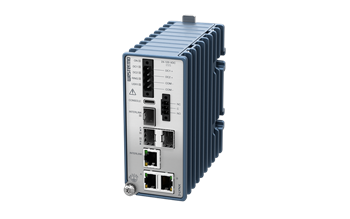
Redundancy Boxes (Red Box) are used to provide redundancy to end nodes that are not equipped with two network ports, commonly called Single Attached Nodes (SAN).
A RedBox bridges the HSR ring and the PRP network. It ensures that data is correctly transmitted between the two networks without duplication. The communication is handled by the RedBox by identifying and sorting telegrams based on their origin and destination.
Certified for mission-critical
substation applications
Our range of devices offers zero packet loss for error-free, uninterrupted applications while securing substations from cyber threats. Regardless of your application needs, Westermo has got you covered.
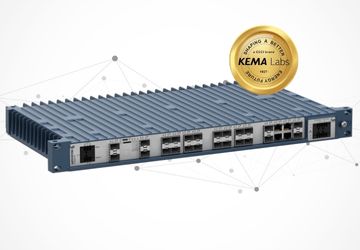
RedFox-5728 Substation Automation Switch
Next level communication reliability for substations. RedFox-5728 meets or exceeds all test levels for IEC 61850-3 Class 2 fulfilment.
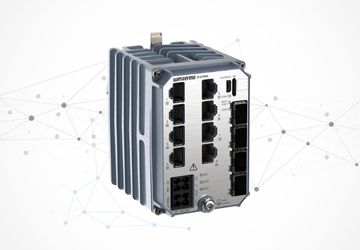
Lynx-5612 Substation Automation Switch
The most compact high-performance switch with 61850-3 class 1 fulfilment, DIN-rail mounting and 12 all gigabit ports.
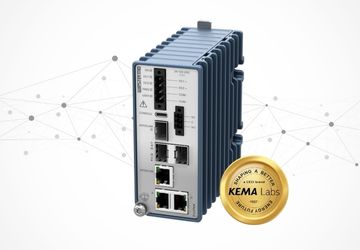
Lynx Redundancy Box
Compact 3 port device designed for Substation Automation designed to be part of Zero Failover redundant networks in mission-critical applications
Redundancy Box use cases
Adding redundancy to a Single Attached Node (SAN) and connecting to a PRP network.
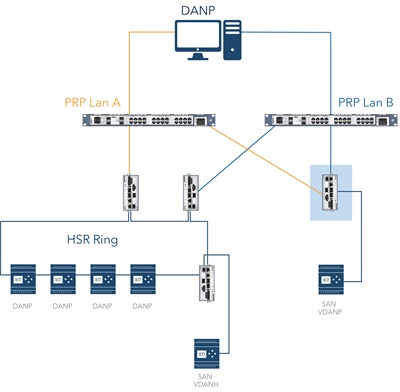
Click for high resolution image
In this applications, a unit with only one accessible network port is required to be connected to a PRP network to achieve redundancy.
This is achieved by using the Lynx Redundancy Box (RedBox) which enables the unit to be connected to both PRP network Lan A and Lan B.
The SAN devices is now connected as a Virtual Dual Network Node (VDANP).
Adding redundancy to a Single Attached Node (SAN) and connecting to a HSR network.
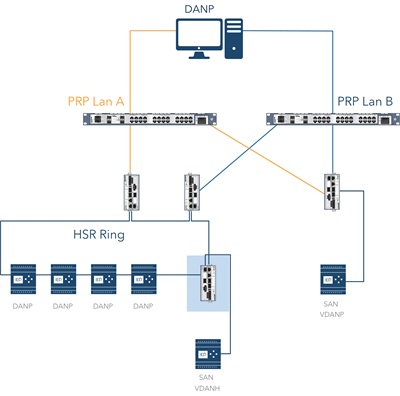
Click for high resolution image
In this example, a Single Attached Node, lacking inherent redundancy features needs to be connected to a HSR network. The SAN may be the SCADA connection, the station-level network or a legacy device.
An HSR ring requires all devices in the ring to fully support HSR. The Lynx Redundancy Box (RedBox) makes the SAN redundant and supports its integration into the network.
The SAN devices is now connected as a Virtual Dual Network Node HSR (VDANH)
Interconnection HSR and PRP
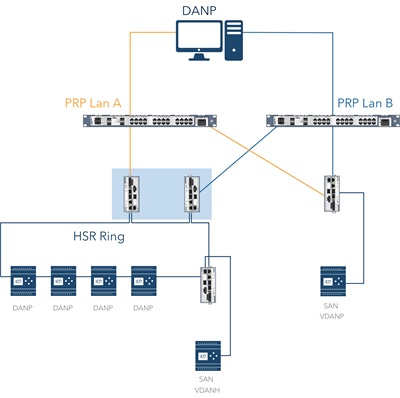
Click for high resolution image
Combining HSR and PRP can be beneficial for creating a robust and redundant network with high availability.
Devices connected using HSR forms a ring topology. Two redundancy box handles the translation and forwarding of packets between the HSR ring and the PRP network. They ensures that packets are correctly duplicated and sent over both A and B networks in PRP, while maintaining the integrity of the HSR ring.
IEC 61850
The Standard of IEC 61850 details in technical report 90-4 Communication networks and systems for power utility automation Network engineering guidelines for substation automation. The redundancy protocols chosen in IEC 61850-9-2 are HSR and PRP.
Redundancy terminology
David Åkerman
Global Market Director, Energy

Bitte nutzen Sie für Supportanfragen unser Support Formular
